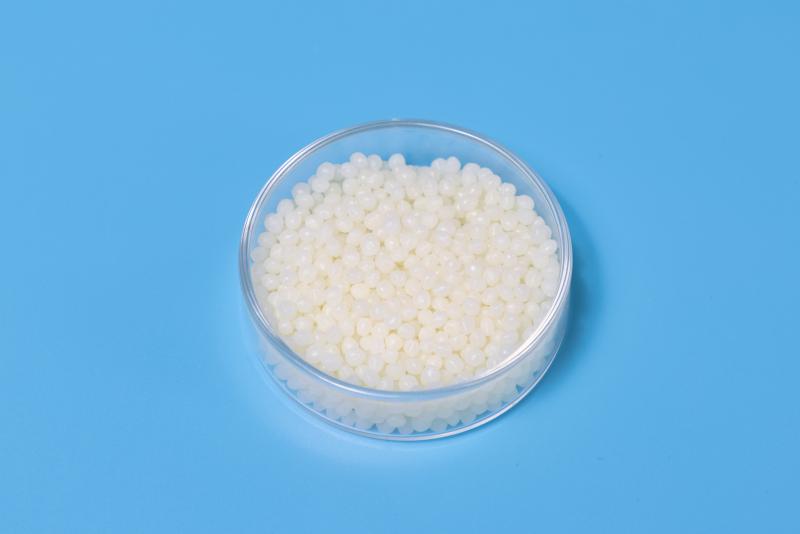
PPH - PPC - PPRC and Compounds
Polypropylene Homo-Co-Random Polymer
Category:
Plastic granules
This product is provided by the company AYDIN PLASTİK TURİZM İNŞAAT SAN TİC LTD ŞTİ . Please contact for more information.
Product Description
Polypropylene (PPH & PPC & PPRC)
It is a thermoplastic polymer used in many applications such as PP or polypropylene packaging and labeling, textiles (eg rope, thermal underwear and carpet), stationery, plastic parts and reusable container types, laboratory equipment, loudspeakers, automotive parts and polymer banknotes.
The polypropylene can be divided into three main groups:
• Homopolymer polypropylene (hPP) grades show high hardness.
• Copolymer Polypropylene (cPP) grades provide better impact performance even at low temperatures.
• Random Copolymer Polypropylene (raco PP) classes or statistics are transparent to copolymers.
Polypropylene quality has developed over the years and will develop even more in the future. The latest technological developments have created tougher, clearer and more transparent grades and have taken the market share of other polymers such as ABS and PS.
Another property of polypropylene is that it has excellent chemical resistance against many chemical solvents, base and acid.
PP is used in many applications, but its distinctive feature is its ability to produce hinges used in closure locations and CD / DVD docks.
Polypropylene can be processed in almost all existing conversion techniques.
• The main polypropylene applications are as follows:
• Food packaging: cups, trays, buckets.
• Fiber extrusion.
• Furniture: garden chairs, tables.
• Household items: storage containers, boxes.
• Industrial packaging: detergent bottles, buckets and drums.
• Plugs and covers.
Processes
The melt process of polypropylene can be obtained by extrusion and molding. Common extrusion methods include melt blown and yarn-bound fibers to produce long rolls and their conversion into useful products such as facial masks, filters, baby diapers, and wet wipes.
The most common molding technique is the injection mold used for automobile parts such as cups, cutlery, vials, lids, containers, household items and batteries. Techniques for pneumatic molding and for injection-pneumatic molding including extrusion and molding, are also used.
With the specific molecular properties and the additives used during the production, the ability to adjust the level ensures that polypropylene can be used in many applications. For example, the addition of antistatic additives can help the polypropylene surfaces to withstand dust and dirt. Many painting techniques can be used in polypropylene such as machining. The ability to hold printer ink and dyes can be improved by applying a polypropylene shim surface coating.
Similar Products
See Allcompatilizer,toughening agent,adhesive resin
compatilizer,toughening agent,adhesive resin
Slip masterbatch
Slip masterbatch
PFA (UL Certificated)
PFA(Perfluoroalkoxy)
PMMA


